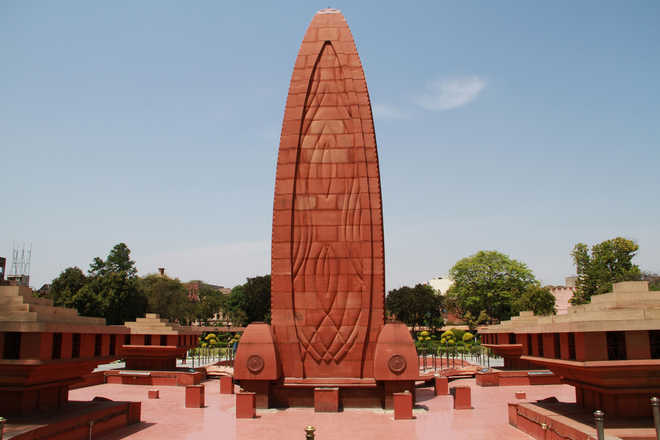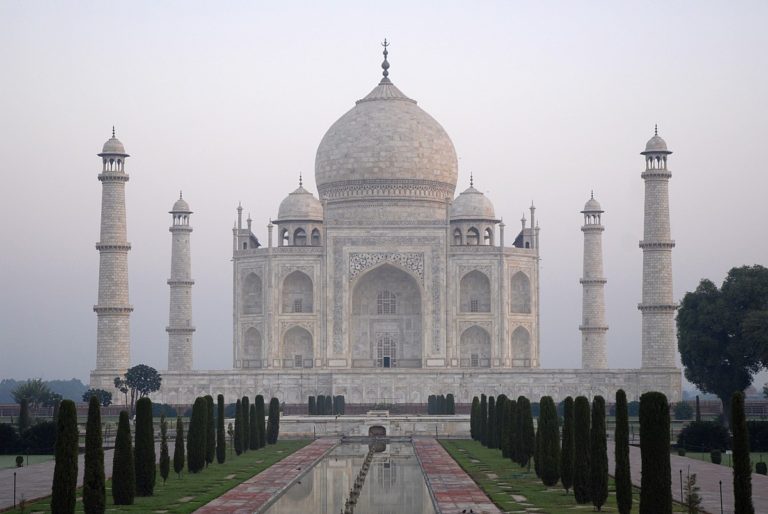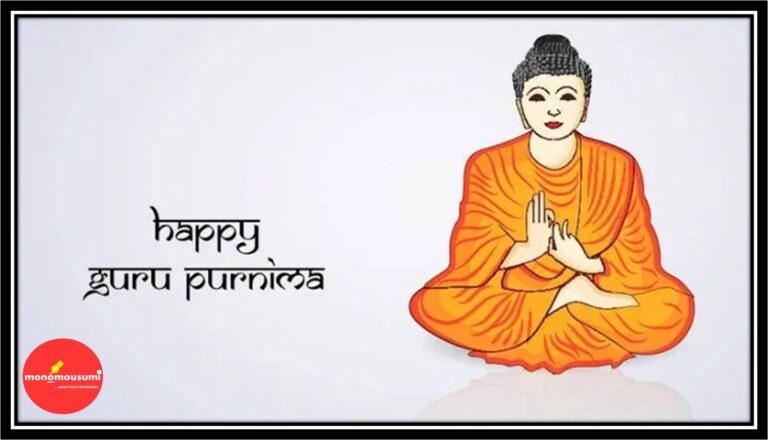
“The plants and flowers are all scorched or withered,
Deprived of its scent the pollen is scattered like a stain on the ground,
Alas! This lovely garden is drenched in blood,
This is a mourning place so make no noise.”
~ Subhadra Kumari Chauhan .
Jallianwala Bhag memorial is the most remembered memorial in Indian History. This memorial is remembered for its groundbreaking history in 1919. The massacre gave a deep shock to the people of India and created wide reverberations in the country. This memorial is situated in Amritsar, India.This Massacre marked a turning point in the history of India. This event raised feelings of nationalism in people and marked the beginning of not cooperating with the British.
On 13th April, 1919 a peaceful crowd was gathered at Jallianwala Bagh. This garden had only one exit and its other three exits were enclosed by buildings. This gathering was to protest against the arrest of leaders like Dr.Satya pal and many others. The General Dyer who was the British Military commander of Amritsar surrounded the bagh with his troops and ordered them to fire. The main exit was completely covered by the military soldiers. The troops kept on firing until their ammunition got exhausted. Soon there was a hustle and bustle among the people. In the bagh, There was a well also situated, some people who wanted to save their lives even jumped in the well. There were men, women, children who were shot dead . There were more than one thousand innocent people who were killed and many were wounded. The conscience of the complete nation was shaken. People felt that it was a gruesome event unparalleled in the Indian History.
The blood thirst attitude of the British had henceforth convinced Indians that there is no point in having faith in British supremacy. Many Great leaders like Mahatma Gandhi, Rabindranath Tagore expressed the pain and the anger of the country by denouncing the imperial titles and honours given to them by the British crown. This memorial has been built to pay tribute to all the innocent demonstrators who lost their lives in this frightful event . The gunshots and the blood marks of the people still exist on the walls of the Bagh showing the newborn and unborn generation sacrifices that were made to free India from British rule. For about 1650 rounds of 303 marks were fired in 10 minutes. More than 120 bodies were retrieved from the well. During the occurrence of this event, British soldiers were engaged in The Great World War 1, before the occurrence of this massacre. Gandhiji , whom we dearly call “Bapu” had urged the Gujarati peasants to join the army and help British fight World War 1 because Gandhi believed that if Indians helped the British then they would grant independence to Indians much faster, but this thought proved him completely wrong.
The situation post this massacre changed completely, Gandhiji marked the beginning of non cooperation movement against the British and urged the British for remedying this happening in Punjab. This Jallianwala bagh massacre marked a rupture in indo- British ties and irrevocably shattered the tradition of loyalty towards colonial masters. After this firing all the people lay wounded and dead just like the field of wheat when the crop is cut. This event had adversely changed the mindset of Indians.
In 1951, the Jallianwala Bagh memorial was built in Amritsar, India.At the centre of the Bagh is this oblong shaped cenotaph memorial. It is a towering red monument designed in the form of flame. The president of India , Rajendra Prasad inaugurated the Jallianwala Bagh monument . The flame which burns is named as “Amar Jyoti” , Amar meaning living forever and jyoti means flame . This states that all the people who sacrificed their lives in this event – pride, love and respect for them shall forever stay undying in every Indian’s heart. The sign of violence has been etched forever on the wall brick. The compound surrounding the memorial is a heritage site.
In 2019 , 100 years have been completed to this massacre. April 13, is a day to pay homage to nations freedom fighters and commemorate the commanding political event. The memorial shapes a national memory and constructs a national past through a patchwork of myth ,history and facts. The masterpiece captures Indian Nationalism and patriotism, with portraits of national and provincial political leaders.
Every Indian today lives with pride and freedom because of the sacrifice of several innocent people. This memorial will always be remembered by people throughout their ages.
“ let the people of my country, Today remember,
The sacrifices made by the great heroes,
Their remembrance shall always be paid tribute,
And here I stand in attention, being proud to be called an Indian.
By Nehanshi Nagda


